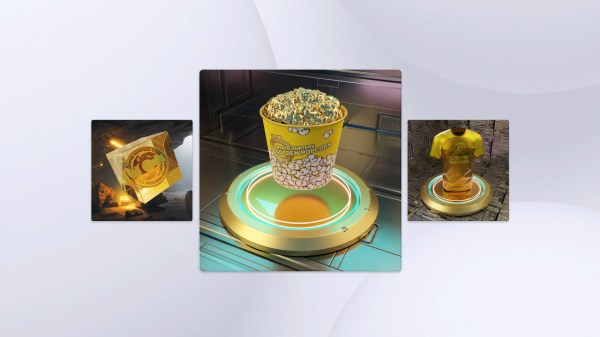Perhaps there is still a lack of knowledge about the most common uses of these much-talked-about digital assets. Not all tokens are used for the same purpose.
What are the NFT?
The NFT Non-Fungible Tokens are digital assets that are certified to guarantee their authenticity, thanks to Blockchain technology, the same technology used in cryptocurrencies. These tokens are associated with a single file, and this file can be anything that can be digitised from a photograph to a tweet. This wide variety of possibilities has spurred a new area of digital expression and business.
A non-expendable good is one that is not consumed through use, cannot be divided or replaced by another similar good, but can be bought or sold. It is therefore unique. Compared to cryptocurrencies, cryptocurrencies can be divided into fractions.
In the case of cripto.art these are unrepeatable pieces, unique and irreplaceable by others. These individual units can be images, videos, audio, text or compressed files. This is possible because each digital asset gets an identifier in which metadata is recorded using block technology, which ensures that the part cannot be duplicated.
These files have attracted a great deal of investor interest. In 2021 alone, they generated more than 3 billion euros. The reason why the sale of non-fungible tokens has grown in recent times is because of the ease of access to them. For all these reasons, many artists, influencers, celebrities and companies have decided to take part in this digital scenario, making the common uses of NFTs visible.
Common uses of NFTs: real-life cases
The NFT allow for self-custodianship of the owner, i.e., the owner has full right of possession of the digital asset without the need for an intermediary or web server for storage, which offers great ease of use and access to these assets. Perhaps this is why it has gained so much interest, and crypto-art is already one of the most common uses of NFTs, but there is more.
Digital art and fashion
Many works of art have been tokenised. In this case, the artists obtain the certificate of authenticity and then sell or auction the digital work. This helps to ensure that, in the future, buyers will also be able to check the prices of their digital works, and sell them again.
Moreover, in the midst of the metaverse boom, major brands have been creating their collections of non-fungible tokens in visual art or digital accessories, and even these unique assets have been linked to physical assets. A significant example was luxury brand Tiffany’s, which launched 250 limited-edition tokens linked to Yuga Labs’ Punks cryptocurrency, where Punks owners could see their pixelated characters transformed into a branded necklace.
Video games
Some companies in the traditional video game industry, such as Take-Two, Epic Games y Square Enix have embraced the idea of developing video games with these assets. The goal is to monetise their players’ time so that users feel a greater sense of ownership and activity of their achievements. On the other hand, there are detractors who comment that gamers already sell their accounts in various marketplaces and think that these assets are not needed in the gaming industry.
Sports
Tokenised assets also serve to prevent the acquisition of counterfeit tickets and fraud at sporting events. This new way of keeping entries in the digital age is contributing to time-saving verification and management processes.
Music
Musicians and DJs such as Steve Aoki and 3LAU believe that the traditional music industry needs an overhaul. Artists are paid a small percentage for songs streamed, which they must support with touring and live performances in order to earn more revenue.
As a result of the pandemic, the music industry suffered greatly, as they were unable to work live. In this context, some artists reinvented the sector by incorporating web 3.0 music platforms. Through these platforms, fans can buy songs or tickets to exclusive artist communities.
Cinema
The film industry has also seen benefits from the use of such assets. Large companies such as Paramount and Disney have seen tokenised assets as a new source of revenue for their intellectual properties, offering investors (and fans) unique digital experiences or assets, in addition to the reward for the investment made. Another possibility is to offer digital files and streaming to users.














